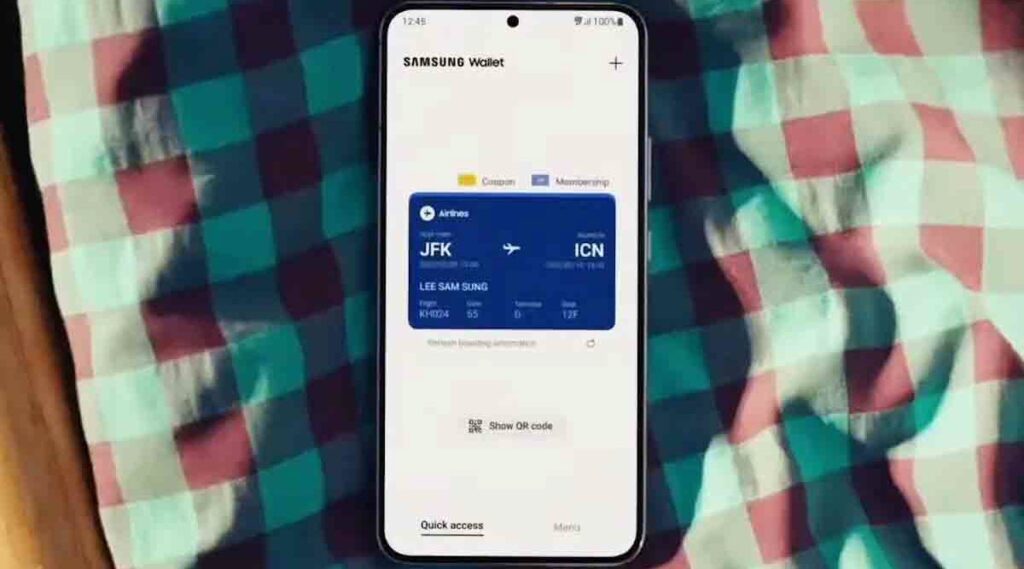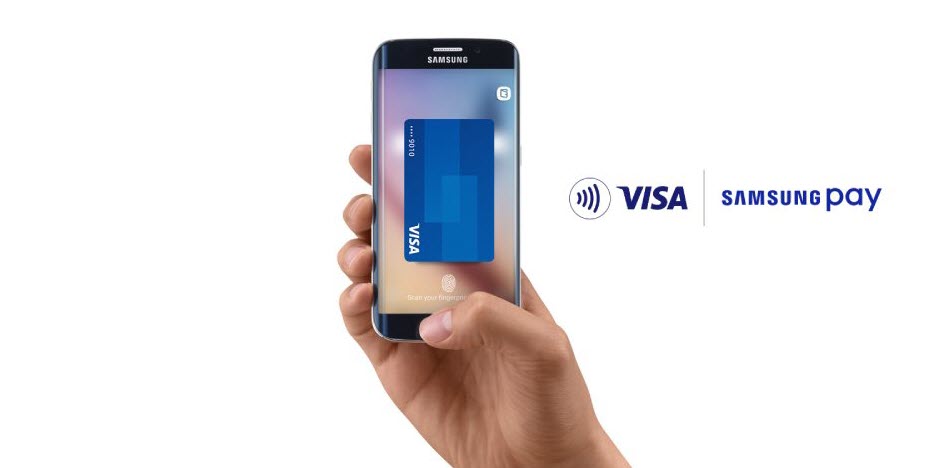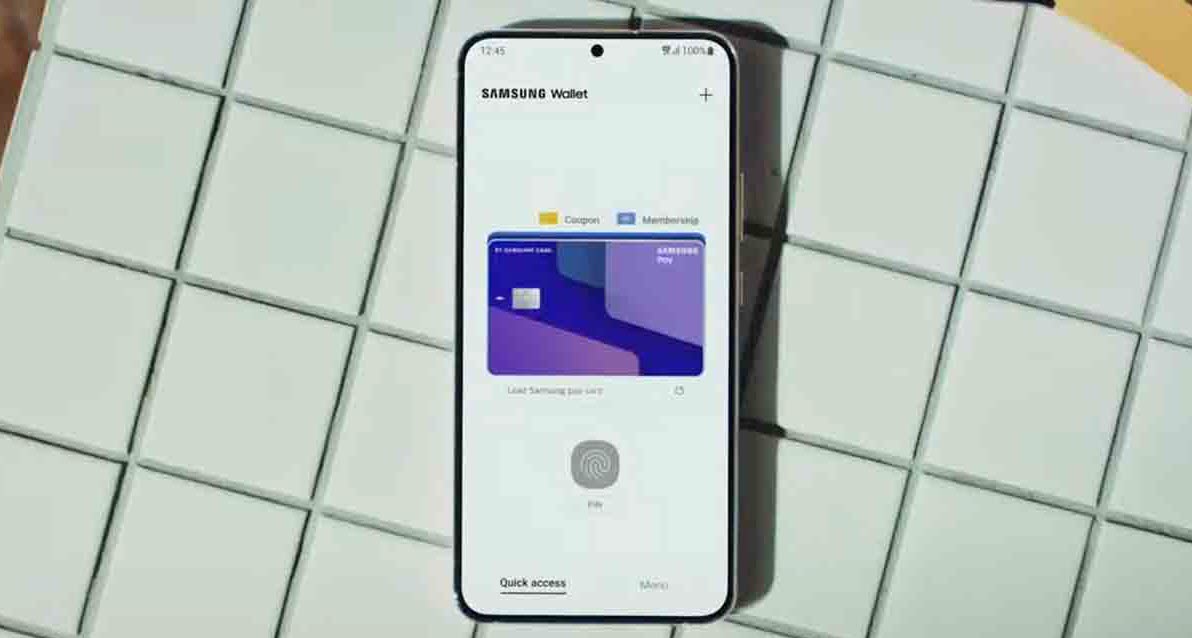Other Technology | November 6, 2023

With so many payment methods available today, you might wonder which one is right for you. That’s why today, we’ll explain the difference between Samsung Pay and Samsung Wallet. So if you have any doubts about what each of these Samsung apps does, you’ve come to the right place.

Discover all the differences between Samsung Pay and Samsung Wallet to fully understand the utility of each of these applications. After reading this information, you’ll know how to make the most of these tools on your Samsung device.
In 2022, Samsung announced that it would bring its new application called Samsung Wallet to Galaxy smartphones. This app serves as a comprehensive digital solution for storing items like credit and debit cards, loyalty cards, IDs, boarding passes, and more, much like you would with a physical wallet.
On the other hand, Samsung Pay (the company’s current mobile payment system) was originally launched in 2015 as the primary way to make payments using a Samsung Galaxy phone at physical stores. However, Samsung Wallet is becoming its replacement, introducing new capabilities that were not previously available with Samsung Pay.
Unlike other mobile payment services, Samsung Pay could never replace your entire wallet because it doesn’t offer support for other items you’d typically store in a wallet, such as IDs and passports. It also can’t store more sensitive information like passwords, addresses, and credit card autofill data. This is, without a doubt, the main difference between Samsung Pay and Samsung Wallet.
With Samsung Wallet, you get all the functions of Samsung Pay and Samsung Pass (Samsung’s app for secure biometric authentication). Thanks to this, all your cards, passwords, addresses, and more will be stored in one place. Moreover, the app introduces a host of new features, such as the ability to store IDs, passports, boarding passes, and even car keys, all secured behind biometric authentication.

Beyond the usual, Samsung Wallet also provides support for digital keys that allow you to unlock a smart lock using Samsung Wallet, along with the ability to store your COVID-19 vaccination card. Samsung Wallet can also help you monitor your cryptocurrency investments through integration with Samsung Blockchain Wallet. This way, you’ll always know how much your Bitcoins, Ethereum, or any other cryptocurrencies you hold are worth.
One potential drawback of Samsung Wallet is its lack of support for Magnetic Secure Transmission (MST) payments. With Samsung Pay, you could make credit or debit card payments at any terminal using your Galaxy phone as long as it supported the magnetic stripe found on the back of your physical cards. However, because modern Galaxy smartphones only include NFC for mobile payments, it makes sense for this feature to be excluded from Samsung Wallet.
In any case, Samsung Wallet is the most versatile payment solution for Galaxy smartphones, which is why it promptly acquired both Samsung Pay and Samsung Pass. Most modern Galaxy devices already have the app preinstalled in regions like the United States, the United Kingdom, France, Germany, Italy, and Spain. If you don’t see it on your smartphone, open the Samsung Pay or Pass app and follow the migration instructions.
Samsung Pay allows you to perform a variety of actions and transactions, making it a versatile tool. Check out this list of things you can do with Samsung Pay:

Samsung Wallet is an application that combines the functions of Samsung Pay and Samsung Pass into a single platform. With this tool, you can perform a variety of tasks and access different services, such as:
Samsung Wallet offers a comprehensive mobile payment solution for Galaxy device users by combining the functions of Samsung Pay and Samsung Pass into one app. Additionally, the app includes advanced security measures, such as tokenization, to protect users’ personal and financial information.